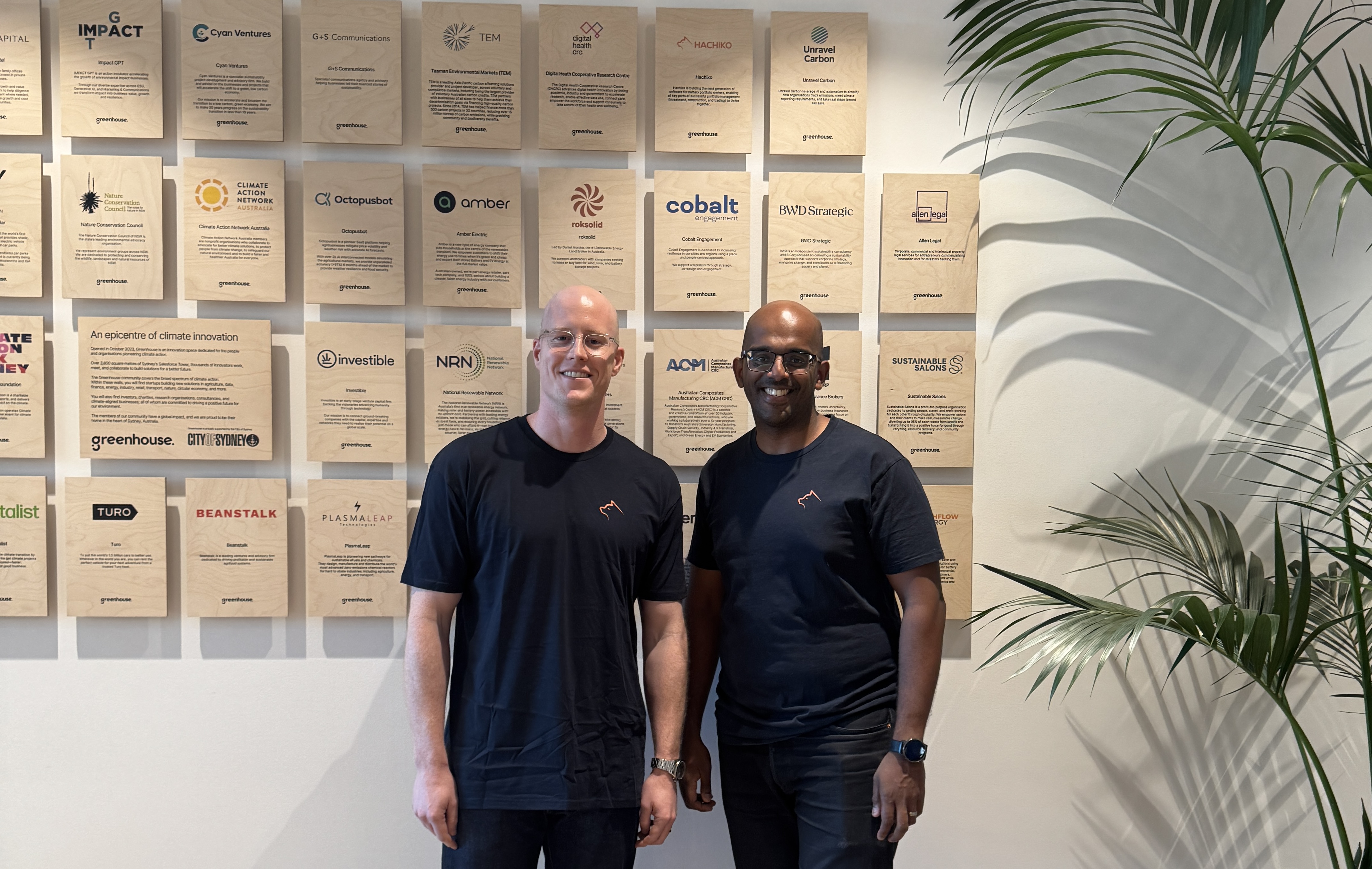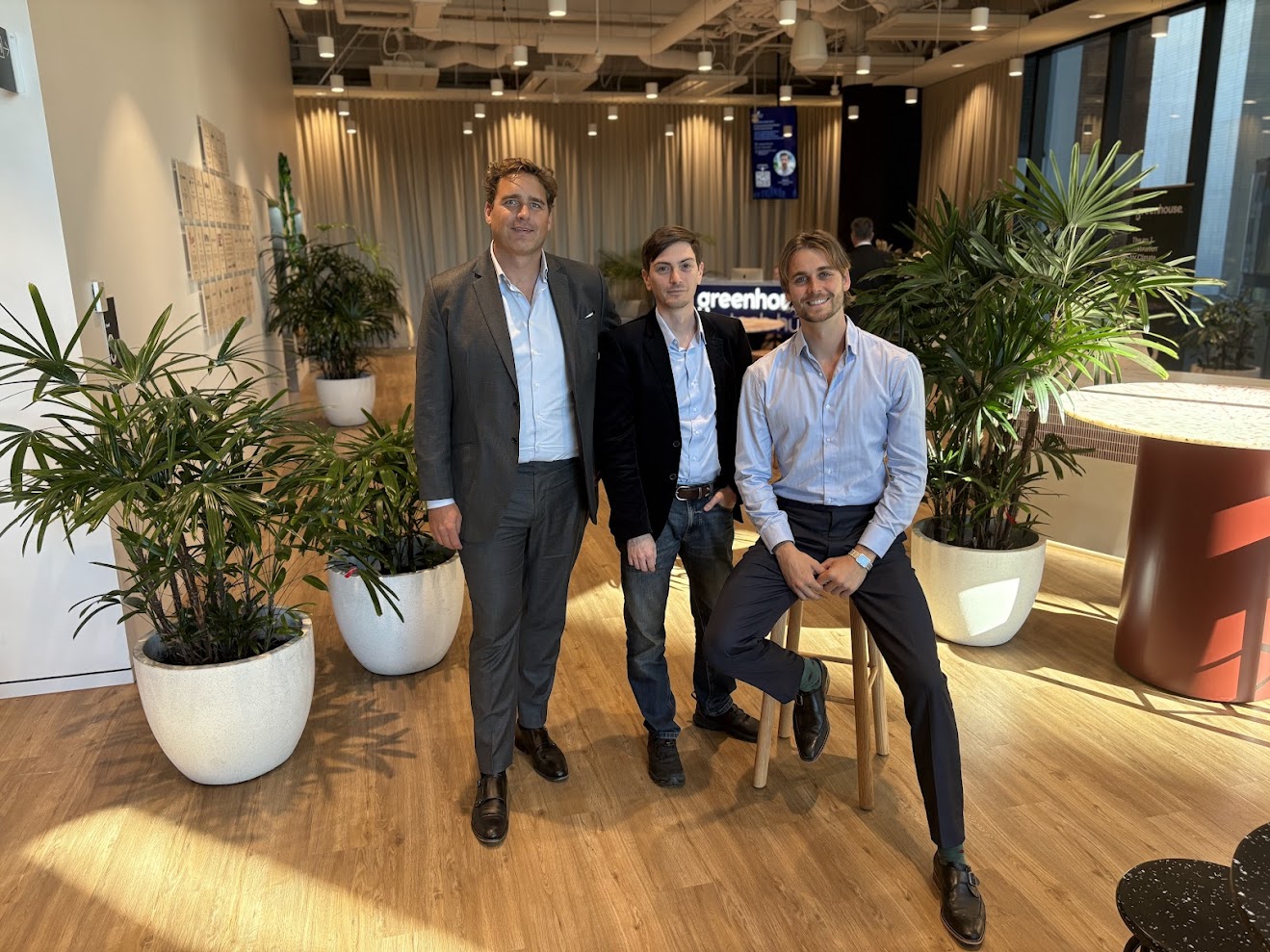.png)
Strap yourself in…. You’ve made the decision of a lifetime!
This is it; you are finally going to pursue that passionate idea that you have been nurturing for a business and a new life. You are going to throw everything at it and work tirelessly and reject everyone else’s negativity and concern for your wellbeing. You are going to be a Founder!
Congratulations, this is going to be a roller coaster ride. You are probably going to need capital and definitely, loads of energy and determination, if you run out of either it will be over (that’s where the 95% failure of startup statistics kick in). If your first startup is a failure you will either have another great idea or slink back to “work” with your tail between your legs and a new appreciation for the term “job security”. I saw Elon Musk recently described being a startup Founder to be like “chewing glass and staring into the abyss”.
Not every startup follows the same path, however, there is a high degree of commonality in the path trodden by most startups and, by the way, if understood and followed it will save you from a lot of mistakes, heartache, delays and potential failure.
I have mapped out my version of the Startup Journey below to help with the conversation that will continue over this three-part blog series.

You can see I have broadly broken the journey up across three main areas:
Level of Traction
The level of validation of key assumptions in your business and financial model thus reducing execution risk and confirming your to product/market fit.
Funding Stage
Preferred source of Investor Funding.
Investor relations
The process of identification, communication and trusted relationship development with a network of potential investors.
The above journey assumes you need to raise capital from investors, if you don’t need to, that is fantastic, we always say the best form of capital is revenue. For most, capital from investors is required at some stage and it can be a real distraction or if done properly (attracting the right investors who believe in you and the business) it can be a real asset to progressing your business.
In the initial period where you are ideating, identifying resources, building out your business and financial model and mapping out your customer journey, validating your offering with customers and testing all your assumptions it is best to be self-funded (bootstrapping – low cash burn) and raising some early capital from friends, family and fanatics (I prefer that to fools).
Seed capital can be best described as the capital necessary to start a company and to try to find product-market fit.
Series A/B etc is generally for startups that know their product, their market, and are looking for capital to scale their distribution systems, across different geographies, etc.







